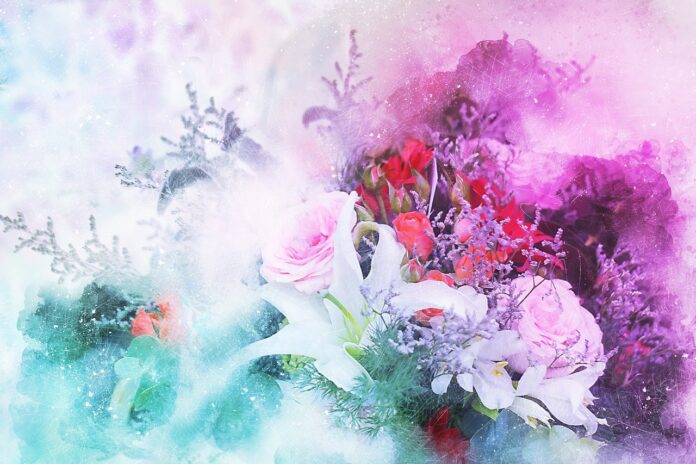
Table of Contents
Dive into Creativity: Beginner-Friendly Watercolor Painting Ideas
Easy Watercolor Painting for Beginners step by step
Watercolor painting is a beautiful and versatile medium that offers endless possibilities for creative expression. Whether you’re a beginner or have some experience, exploring watercolor can be an exciting and fulfilling journey.
In this blog, we will delve into beginner-friendly watercolor ideas that will help you develop your skills, discover your artistic style, and create stunning artworks. Get ready to dip your brushes into a world of vibrant colors and artistic exploration!
This is a step–by–step guide for painting a landscape using watercolor.
- Begin by sketching out the basic outline of your landscape on paper. Use loose, easy strokes to get a general idea of the composition.
- Next, start painting the sky with a light blue or white color. Add some clouds for realism.
- Fill in the landscape with light green and yellow colors. Use a light hand to avoid overworking the paint.
- Next, add darker green and yellow colors to the areas that will be in shadow. Use a slightly heavier hand to create depth and interest.
- Finally, add touches of red, orange, and brown to the highlights to create a more natural look. Use a light hand when painting these colors to avoid appearing too intense.
3 easy watercolor painting ideas for beginners step by step
3 easy watercolor painting ideas for beginners step by step that you can use to practice the basic watercolor painting techniques.
When I first started painting with watercolor, I believed the best method to discover was to complete a painting each time I took a seat to paint.
Whether it was stubbornness or a way to show to myself I was capable, I simply felt like I needed to render an entire scene.
Later on, I discovered gradually was I grew the most when I painted small and often. Sometimes I simply concentrated on one particular location I was attempting to improve in.
By consistently attempting to paint something like a sky, figures, or trees, I saw an improvement in those locations. I showed this in my finished paintings.
Watercolor needs such a sense of timing. The more time you invest practicing the basics and concentrating on specific strategies, the more improvement you will see.
Using my previous experience, I recorded an easy demo that touches on a couple of crucial abilities: painting wet-into-wet, positive and negative painting, and discovering connections.
I hope you enjoy this tutorial! Keep returning to the fundamentals. You’ll be a much better painter for it.
I’ll show you 3 easy watercolor painting ideas for beginners step by step that you can use to practice the basic watercolor painting techniques. Wet on wet and wet on dry while also practicing different basic washes!
I’ll show you how to paint a blue sky, sunset mountain landscape and a dark night sky with stars! Thumbs up for more beautiful scenery & landscape painting ideas! 👍
Easy Watercolor Painting Ideas for Beginners Step by Step
Our Favorite Watercolor painting ideas for beginners
1. Captivating Blooms: The Beauty of Flower Watercolor Painting
Flowers are a classic subject for watercolor painting. Start with simple flower shapes and experiment with different color combinations. Play with brushstrokes, layering washes, and creating delicate details to capture the beauty of petals and leaves. Let your imagination bloom as you bring these vibrant botanicals to life.
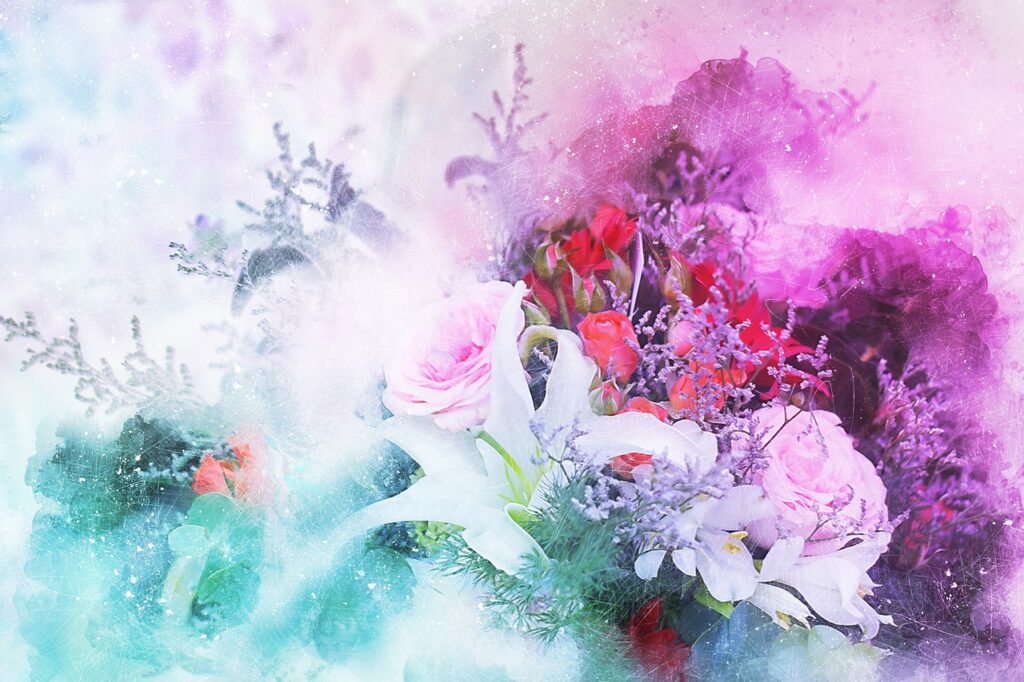
Embracing the Ephemeral of Watercolors:
Watercolors have a unique quality that perfectly captures the fleeting beauty of flowers. Like the blooms themselves, watercolor paintings possess an ephemeral charm, portraying nature’s delicate creations in a dreamlike, translucent way. Each brushstroke is like a gentle caress, capturing the essence of the flowers with a touch of whimsy.
Dancing with Colors:
Flower watercolor painting allows artists to experiment and play with a kaleidoscope of colors. From the soft pastels of spring blooms to the vibrant hues of summer flowers, the palette is limitless. Watercolors blend seamlessly, allowing artists to achieve subtle gradients and create captivating contrasts that make the petals seem to dance and shimmer on the page.
Expressing Emotions Through Watercolors:
In the language of flowers, each bloom carries a unique meaning and evokes specific emotions. Through watercolors, artists can convey these sentiments with remarkable precision. The tenderness of a rose, the joy of a sunflower, or the serenity of a lily—all come alive on the canvas, speaking directly to the heart of the viewer.
Nurturing Patience:
Flower watercolor painting is a gentle reminder of the value of patience. It’s a gradual process of building layers, allowing each one to dry before adding the next. This unhurried approach mirrors the way flowers bloom in their own time, reminding us to savor every moment of the creative journey.
A Symphony of Texture:
Watercolors have a unique ability to create mesmerizing textures that mimic the delicate intricacies of petals and leaves. Through varied brushstrokes and techniques like wet-on-wet or dry brushing, artists can evoke the softness of petals, the roughness of stems, or the velvety touch of a flower’s center.
Nature’s Inspiration:
The world of flowers offers an endless array of inspiration. From the tiniest wildflower to the grandest garden rose, the beauty of nature unfolds in myriad forms. Flower watercolor painting allows artists to celebrate this diversity and find solace in the natural world’s tranquility.
2. Tranquil Landscapes: Exploring the World of Watercolor Painting Landscapes
Landscape painting allows you to immerse yourself in nature’s beauty and create serene scenes. Begin by painting landscapes with a single focal point, such as a distant mountain or a peaceful lake. Experiment with various watercolor techniques to depict skies, foliage, and reflections. Remember, nature provides endless inspiration, so embrace the tranquility and let your brush guide you.
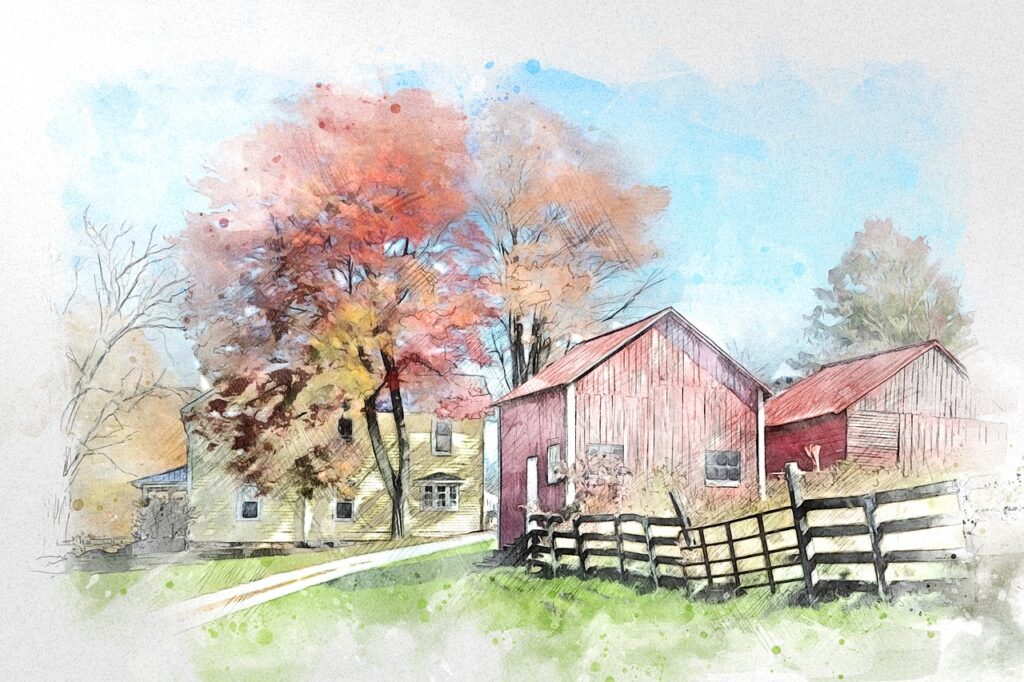
The Harmony of Water and Earth:
Watercolors, with their transparent and fluid nature, harmonize perfectly with the ever-changing elements of landscapes. The softness of a distant hill, the gentle flow of a meandering river, and the subtle shades of a golden sunset find their voice on the canvas through the delicate touch of watercolor brushes.
Capturing the Essence:
Watercolor painting landscapes excel in capturing the essence of a scene, where less is often more. Artists skillfully use washes and varying intensities of pigments to evoke the play of light and shadow, bringing life to mountains, valleys, forests, and open skies.
Dancing with Hues:
From the radiant blues of a clear sky to the warm ochres of a sunlit meadow, landscapes offer a boundless spectrum of colors. Watercolor painters embrace this richness, deftly blending hues to create breathtaking gradients that immerse viewers in the scenery’s mood and atmosphere.
Embracing Spontaneity:
Watercolors embrace spontaneity, inviting artists to surrender to the unpredictability of the medium. The wet-on-wet technique, for example, allows colors to blend and bleed freely, mirroring the unbridled beauty of natural landscapes.
Painting En Plein Air:
Landscape watercolor painting often beckons artists outdoors, where they can paint en plein air, immersed in the very scenery they seek to recreate. This direct connection to nature infuses the artwork with a unique energy, capturing the fleeting moments of light and life.
A Symphony of Textures:
Watercolors allow artists to explore a symphony of textures, from the ruggedness of rocky cliffs to the softness of a meadow’s grass. The interplay of dry brushstrokes, splatters, and controlled washes adds depth and visual interest to the landscape, inviting viewers to explore every corner of the painting.
Connecting with Nature:
Painting landscapes with watercolors is not just about artistic expression; it is a soulful journey of connecting with the natural world. It fosters a deep appreciation for the intricate details and grandeur of nature, encouraging both artists and admirers to savor the wonders of our environment.
3. Playful Animals:
Capture the charm and playfulness of animals with watercolors. Start with simple animal shapes like dogs, birds, cats, or butterflies. Observe their unique characteristics and experiment with different washes and textures to bring them to life. Use vibrant colors to create a sense of energy and whimsy in your animal paintings.
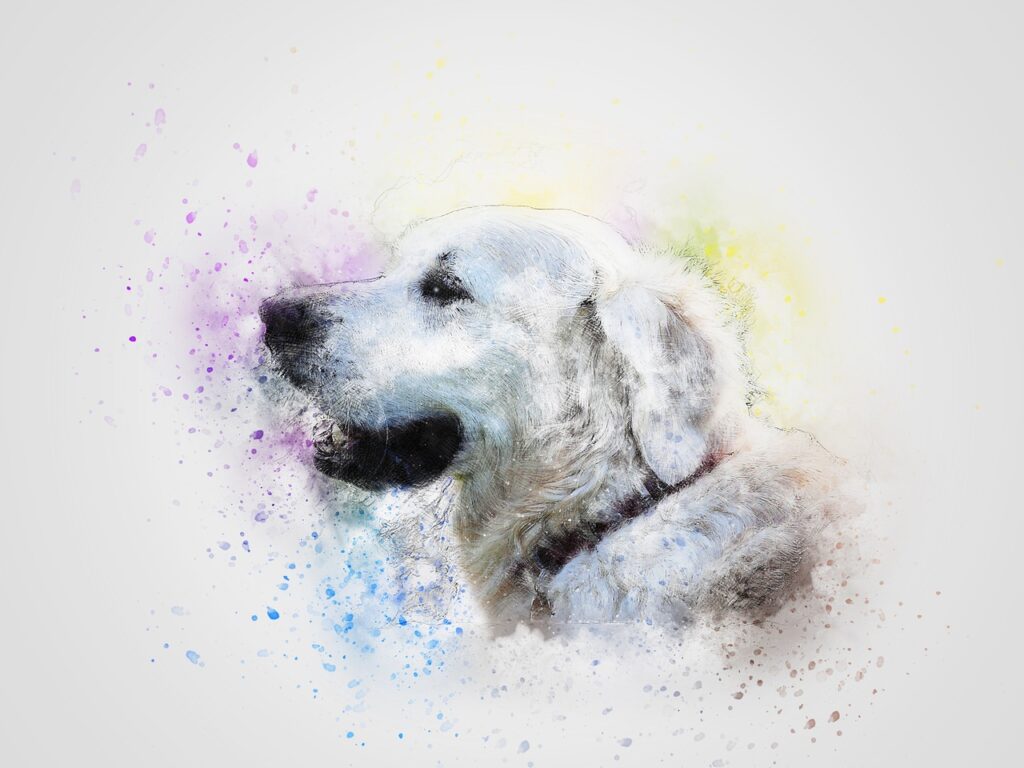
4. Delicate Still Life Watercolor Painting:
Still life painting allows you to explore composition and capture everyday objects in a new light. Arrange a simple setup of objects, such as fruits, flowers, or household items, and observe how light interacts with them. Experiment with color mixing, shadows, and highlights to create depth and realism. Let your creativity flow as you transform ordinary objects into captivating works of art.
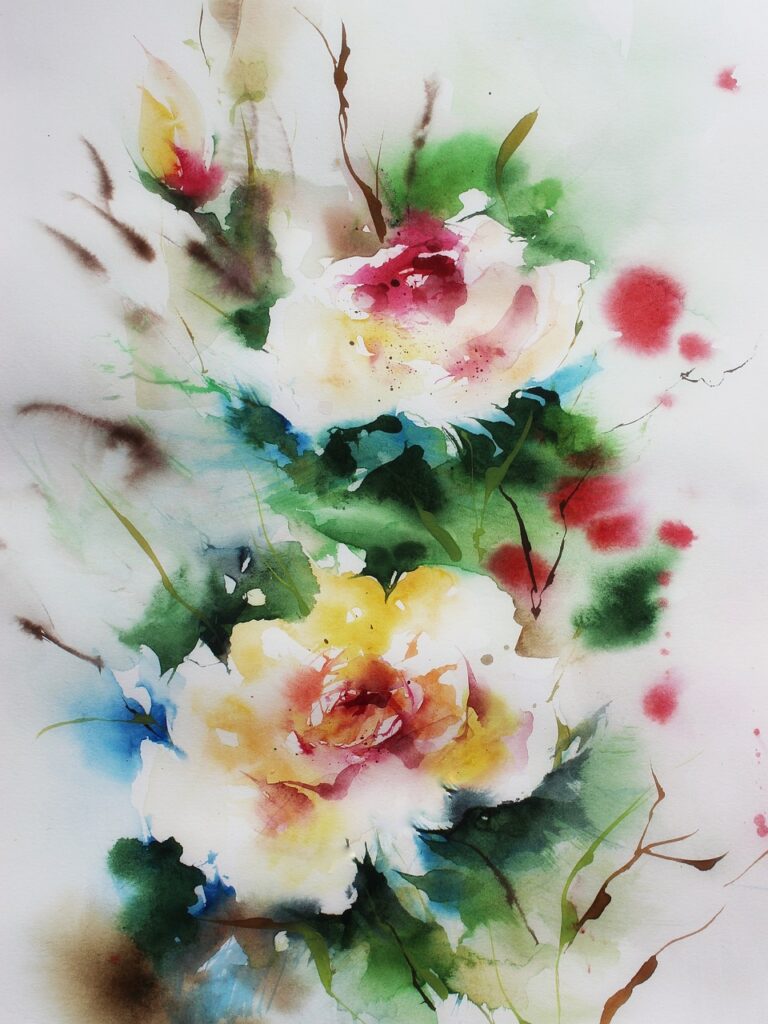
5. Expressive Abstracts:
Abstract painting with watercolors is a liberating and experimental process. Allow your imagination to run wild as you explore non-representational shapes, colors, and patterns. Use various techniques like wet-on-wet, dry brush, or salt textures to create interesting effects. Abstract painting gives you the freedom to express emotions and create unique compositions that speak to your artistic vision.
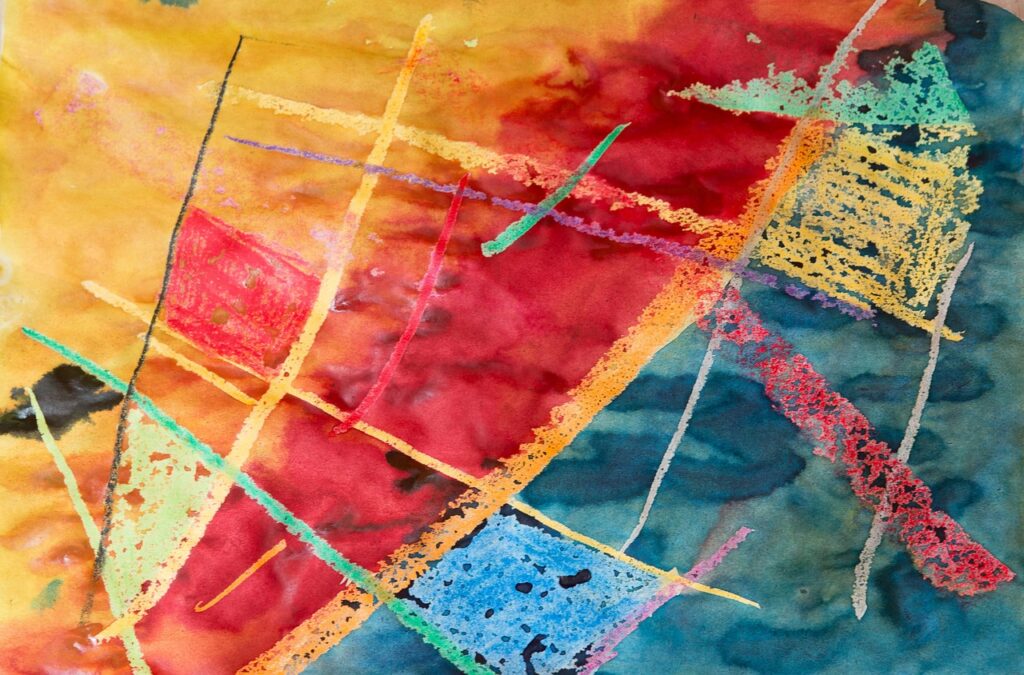
6. Vibrant Watercolor Washes:
Watercolor washes are a fundamental technique that can add depth and dimension to your paintings. Experiment with different color combinations and create gradient washes to add a sense of movement and atmosphere. Explore techniques like wet-on-wet or wet-on-dry to achieve different effects and bring your artwork to life.
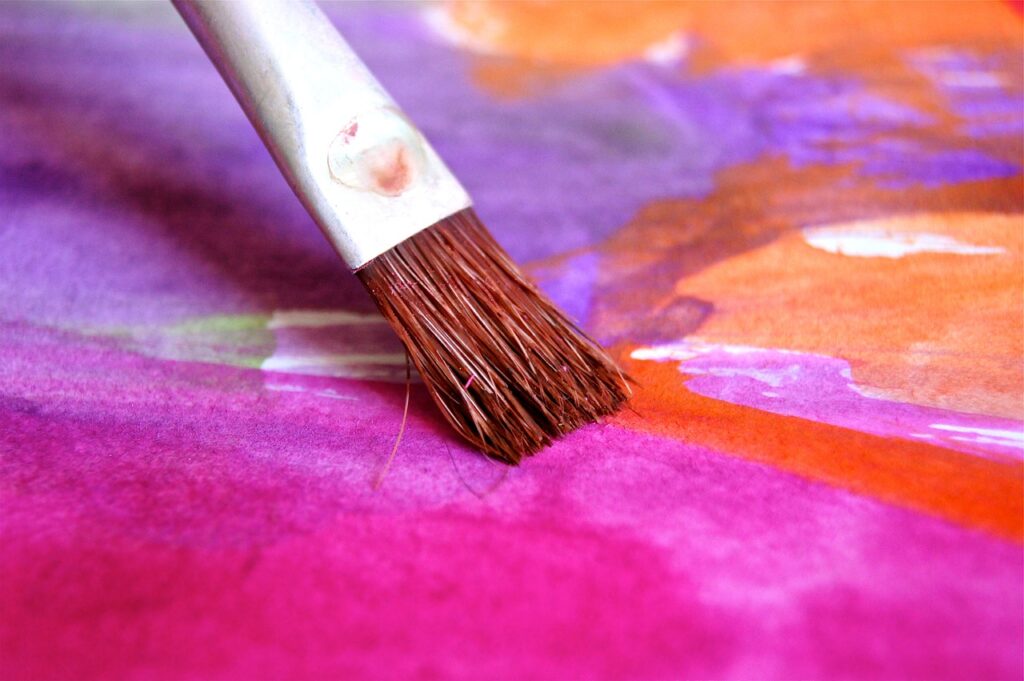
6. Personalize with Hand-Lettering:
Combine the beauty of watercolor with the art of hand-lettering to create personalized artworks. Explore different lettering styles and experiment with watercolor backgrounds to make your words stand out. Whether it’s a favorite quote, a meaningful word, or your name, hand-lettering adds a personal touch to your watercolor creations.
Sealing Watercolor Paintings: A Step-by-Step Guide to Preserve Your Masterpieces
Watercolor paintings, with their delicate and translucent nature, require special care to preserve their beauty and longevity. Sealing your watercolor artwork is an essential step to protect it from dust, moisture, and other environmental factors that could potentially harm the delicate pigments. In this step-by-step guide, we’ll walk you through the process of sealing your watercolor paintings to ensure they remain vibrant and pristine for years to come.
Step 1: Gather Your Materials
Before you begin, gather all the necessary materials to complete the sealing process. You will need:
- A high-quality fixative or spray varnish suitable for watercolors
- A well-ventilated and dust-free area to work in
- Clean, soft brushes or a spray nozzle
Step 2: Prepare Your Painting
Ensure that your watercolor painting is completely dry before applying any sealant. If you have just completed your artwork, allow it to air-dry naturally for at least 24 hours. Placing the painting on a flat, clean surface is ideal to prevent warping during the sealing process.
Step 3: Test on a Scrap Paper
Before applying the sealant to your original artwork, it’s wise to test it on a scrap piece of watercolor paper. This will help you gauge the effect of the sealant on colors and ensure that it doesn’t cause any unwanted changes or reactions.
Step 4: Apply the Sealant
If you are using a fixative or varnish in a spray can, hold the can at least 10 to 12 inches away from your artwork. Begin spraying in a gentle, sweeping motion, ensuring even coverage across the entire surface. Avoid oversaturating the painting, as this can cause colors to bleed or change.
If you prefer to use a brush-on varnish, use a clean, soft brush to apply a thin and even layer over the watercolor painting. Be sure to work carefully to avoid any brushstrokes that could disturb the paint.
Step 5: Allow Drying Time
After applying the sealant, allow your painting to dry completely in a well-ventilated area. This drying time is crucial to ensure that the sealant sets properly and forms a protective layer over the artwork.
Step 6: Assess and Apply Additional Coats (optional)
Once the first layer of sealant is dry, assess whether your watercolor painting requires an additional coat for added protection. For some paintings, a single coat may suffice, while others might benefit from an extra layer. Be cautious not to over-apply, as too many coats can affect the vibrancy of the colors.
Step 7: Frame Your Artwork
After the sealant has dried completely and you are satisfied with the protection it provides, you can proceed to frame your watercolor painting. Select a frame that complements the artwork and use a mat or glass with UV protection to shield it from direct sunlight and further protect against fading or discoloration.
In conclusion, sealing your watercolor paintings is a simple yet crucial step in preserving their beauty and ensuring they remain protected for generations to come. By following this step-by-step guide, you can safeguard your masterpieces and share their captivating allure with the world for years to come. So, go ahead and seal your watercolor paintings with confidence, knowing that you have taken the necessary steps to preserve their brilliance and make them stand the test of time.
Recommended Resources on Watercolor painting in Amazon:
Aleene's 26412 Spray Gloss Finish, 6 Oz Acrylic Sealer, Original Version
$6.07
Krylon K01305 Gallery Series Artist and Clear Coatings Aerosol, 11-Ounce, UV-Resistant Clear Gloss
$12.43
Rust-Oleum 267028 Specialty Matte Finish Spray, 11 oz, Clear
$6.98
Krylon K01374000 Gallery Series Fixatif Aerosol Spray, 11 Ounce, Matte
Mod Podge Spray Acrylic Sealer that is Specifically Formulated to Seal Craft Projects, Dries Crystal Clear is Non-Yellowing No-Run and Quick Drying, 12 ounce, Gloss
Krylon 1312 11 Oz Kamar? Varnish Spray by Krylon
$12.10
Rust-Oleum 249859 Painter's Touch 2X Ultra Cover Spray Paint, 12 oz, Semi-Gloss Clear
$6.19
Krylon K01306 Workable Fixatif Spray Clear, 11-Ounce Aerosol,Matte
Krylon K05562007 COLORmaxx Acrylic Clear Finish for Indoor/Outdoor Use, Satin Crystal Clear , 11 Ounce (Pack of 1)
Jacquard Dorlands Wax - 4 Ounce - Versatile Pure Wax and Damar Resin - Protective Topcoat for Sealing and Finishing
Conclusion:
Embarking on a watercolor journey as a beginner is an exciting opportunity to explore your creativity and develop your artistic skills. These beginner-friendly watercolor ideas provide a starting point for your artistic endeavors.
Remember to enjoy the process, embrace experimentation, and let your unique style emerge. With practice, patience, and a sense of adventure, you’ll unlock the enchanting world of watercolor and create artworks that reflect your imagination and personal expression. So, pick up your brushes, dip them in vibrant hues, and let your creativity flow!
Other useful painting articles for beginners:
55 Easy painting ideas for beginners
Acrylic Painting Ideas for Beginners
Easy Abstract Painting For Beginners
Watercolor painting landscape for beginners(Opens in a new browser tab)
Copying Other Artist’s Painting, Flattery Or Forgery?
Some more watercolor painting ideas from Google:




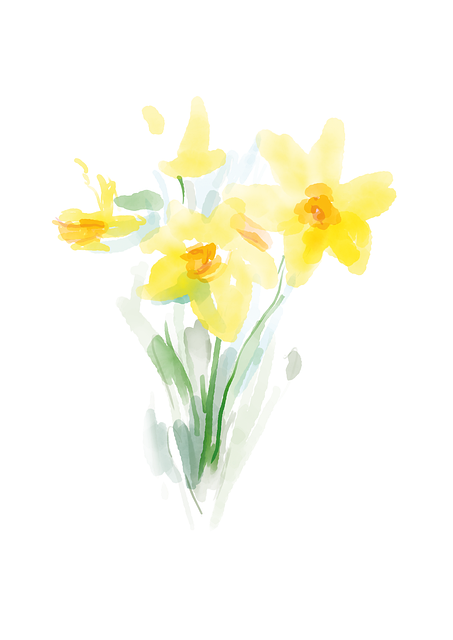
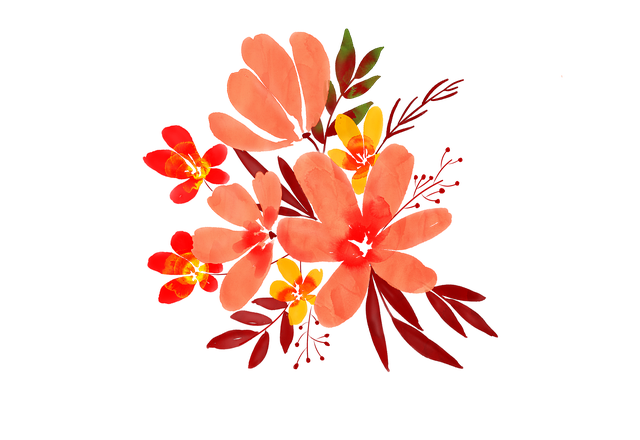
How to Paint Impressionistic Pink Poppies in Watercolor / Great for Beginners
Watercolor is such a lovely medium for getting loose and creating an impressionistic feel. Join me in this Tutorial where I will teach ...
Easy Painting Ideas For Beginners,Easy beginner friendly watercolor flower doodles,flowers,webart#83
Parachute Hair Oil Realistic Drawing,Coconut oil bottle Drawing, hyper realistic drawing,webart#80. Channel link ...
Have You Tried Intuitive Watercolor Painting? - Beginner Friendly!
Have You Tried Intuitive Painting? If not, then I hope you will join me on this Intuitive Watercolor Painting Tutorial! This lesson is ...
Easy and Simple Painting Ideas For Beginners #shorts #watercolor
I hope you like this video ❤ If You Are New To This Channel Then like The Video Comment Down Your Real feeling About My ...
Intuitive Watercolor Painting Tutorial - Easy, Fun, Great for Beginners!
Intuitive Watercolor Painting Tutorial - Easy, Fun, Great for Beginners! Whenever I need to unwind, or even get out of an artistic rut, ...




















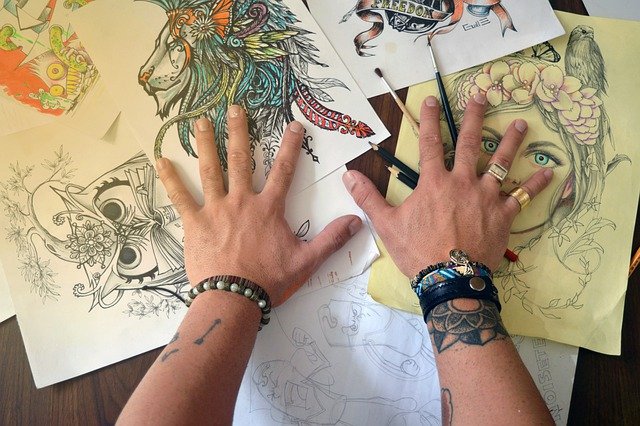
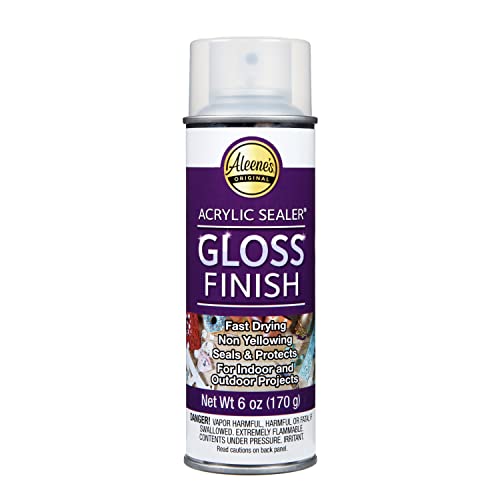

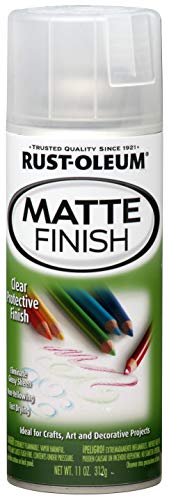












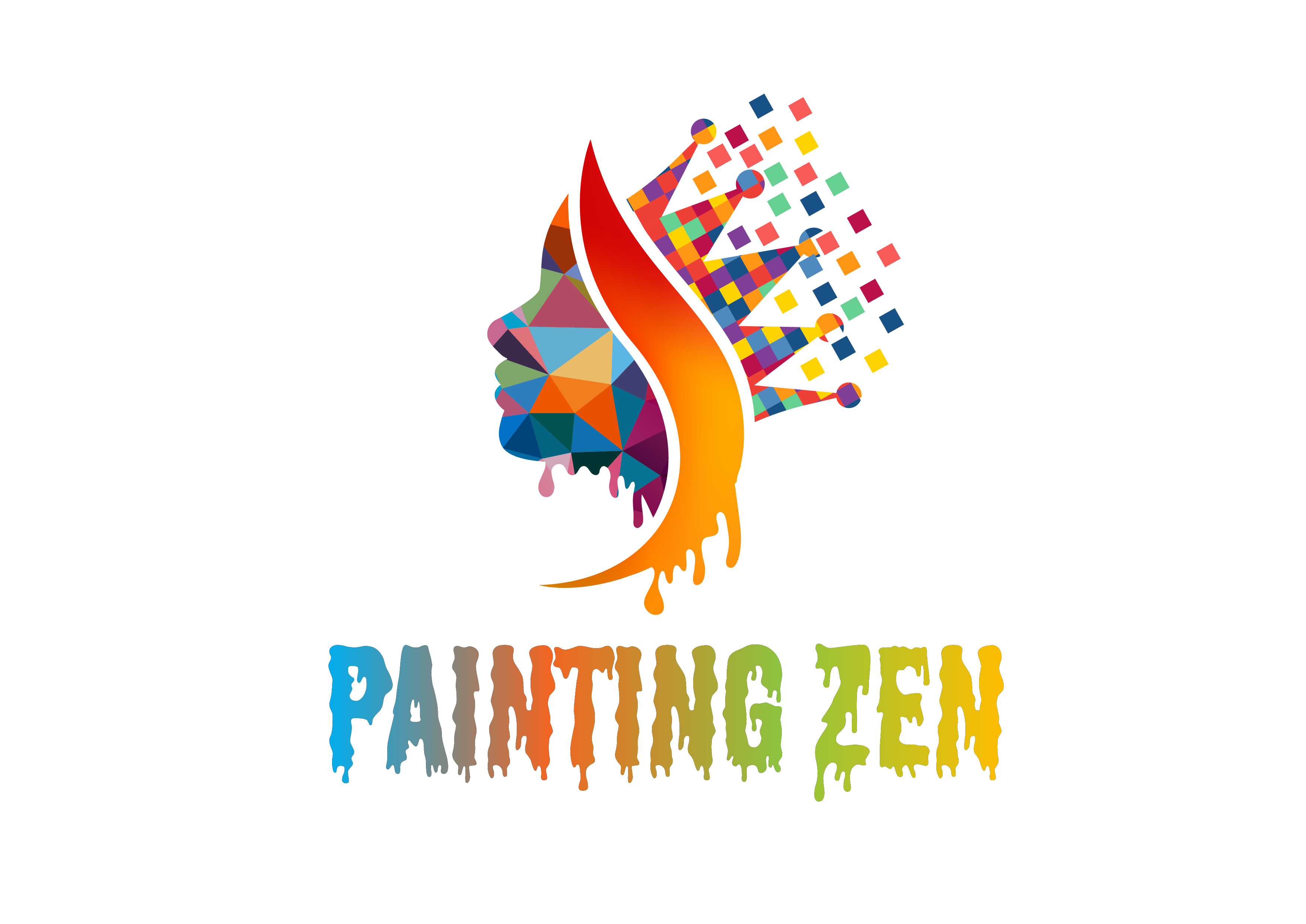




[…] Easy Watercolor Painting Ideas for Beginners Step by Step […]